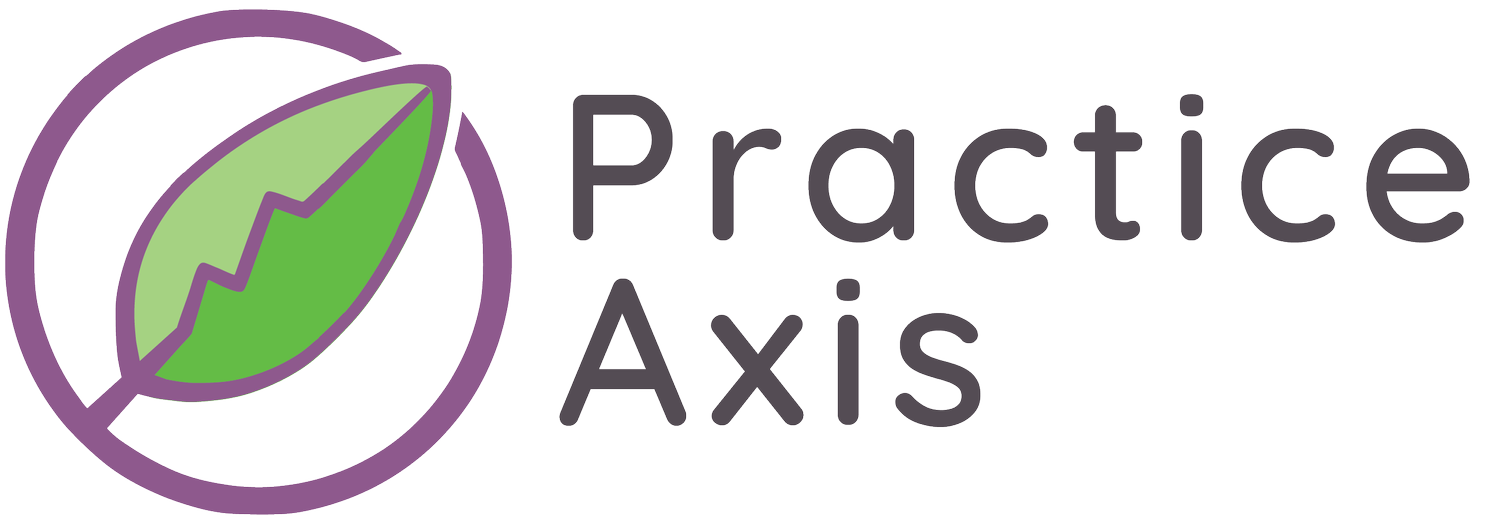Unlocking Hidden Potential: Turning Unresponsive Prospects into Clients with Personalized CRM Strategies
I’m sure you know the prospective client who eagerly engages in communication, responding to emails and phone calls right away, and is proactive about filling out paperwork and booking their intake session.
Then, I’m sure you’re also familiar with the prospective client who inquires about therapy and then…needs a little nudge or two. So, you find yourself looking through all of your spreadsheets or notebooks or sticky notes, trying to remember what you had discussed to reach out to them again.
This is where a CRM (customer relationship management) system can help; by serving as the catalyst for this personalized approach, allowing you to glean insights from various touchpoints with prospects, such as phone conversations, emails, and filled-out forms, all stored in one convenient, easy to access, location.
Tailoring Your Messaging:
With all the information you have on hand from previous interactions, you can craft personalized messages that address each prospect's specific needs and questions.
For instance, if a prospect has expressed a concern about anxiety during a prior conversation, you could send them an email highlighting your practice's expertise in this area. Similarly, if they expressed concerns about affordability, you could provide them with details about your sliding scale fee structure or insurance options.
Nurturing Relationships:
Unresponsive prospects aren’t necessarily uninterested in your services; it could simply indicate that they aren’t motivated enough to seek care, and there’s many reasons that can be difficult. By monitoring and tracking their engagement with your content and communications, you can then tailor your outreach efforts.
For instance, if a prospect consistently engages with content related to stress management on your website, your CRM system can automatically prioritize sending them relevant resources or articles to keep your practice at the forefront of their mind.
Automating Personalization:
To save time and ensure consistency in your efforts, you can streamline the personalization process by dividing your prospects into segments based on shared characteristics, such as demographics, location, or treatment needs and tailor your outreach accordingly to the right prospects.
For example, if a prospect fills out a form expressing interest in family therapy, your CRM system can trigger an automated response that emphasizes your practice's experience and success stories in that particular area.
Unresponsive prospects may not be an immediate source of clients, but they represent untapped potential. By combining personalized communication with the power of a CRM, you might eventually turn them into valued clients.
To learn more, check out this quiz to see if now is the right time for you to get a CRM at your practice.


